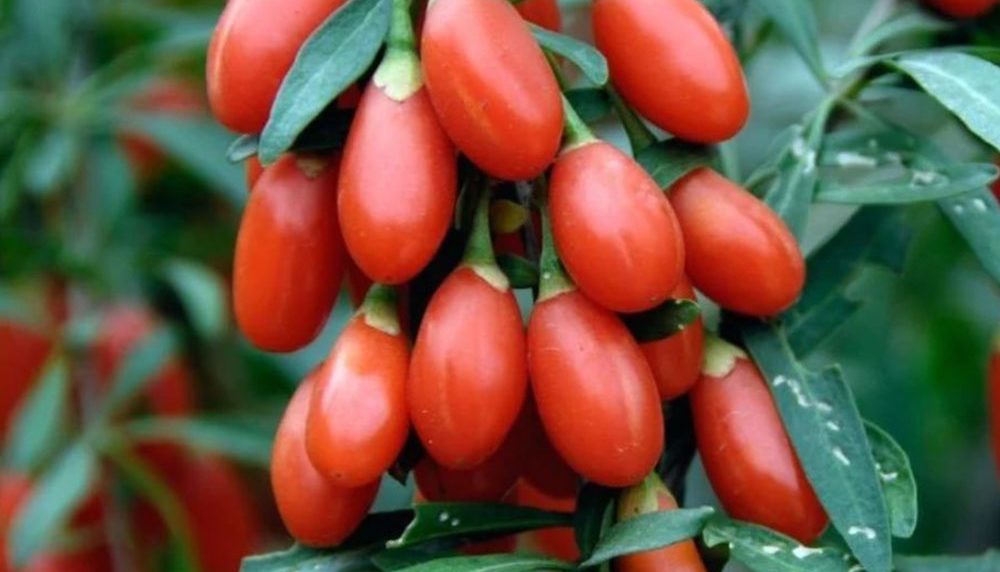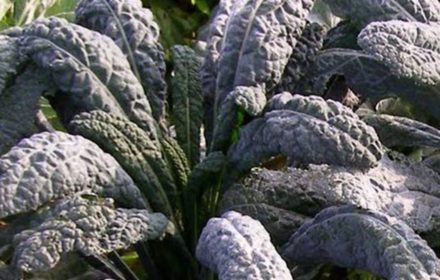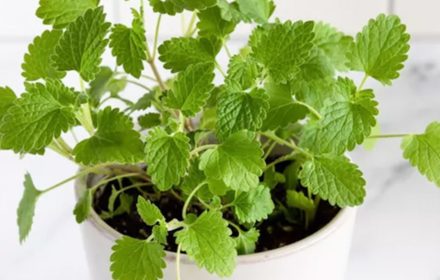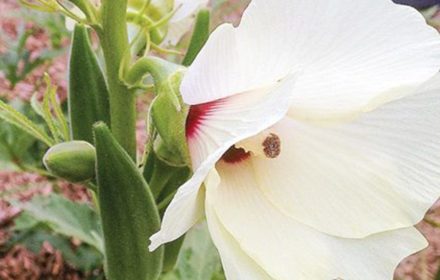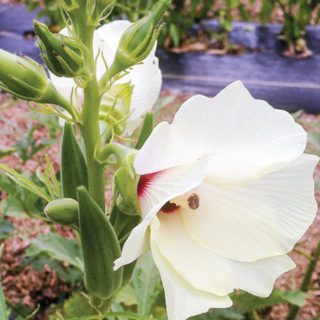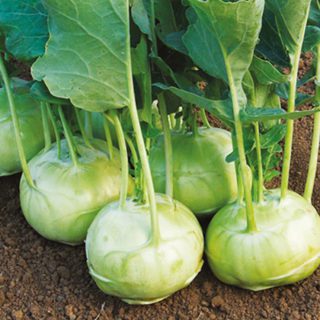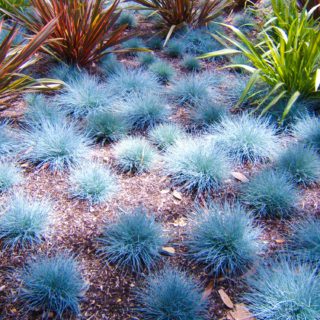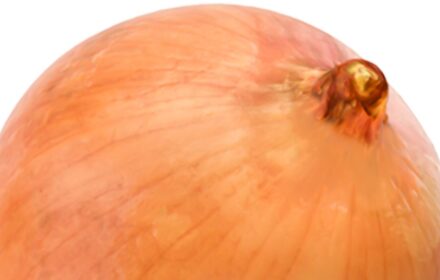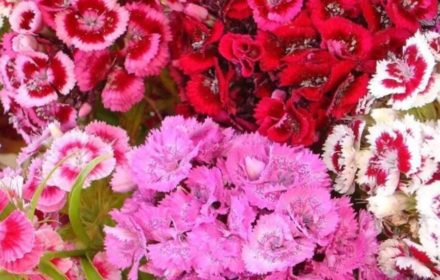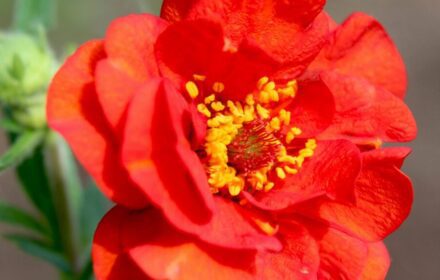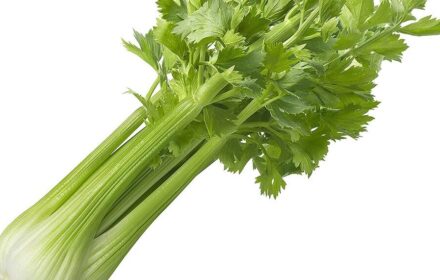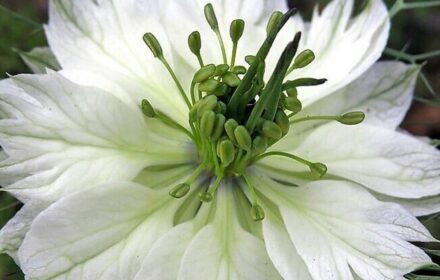How to Grow Sweet Cherry Goji Berry Plants from Seeds
Sweet Cherry Goji Berries (Lycium barbarum) are versatile, bushy plants that can be grown both indoors and outdoors. When grown in the ground, they can reach an impressive height of over 3.5 metres (12 feet). In pots, however, they stay more compact, growing up to 1.5 metres (5 feet) tall, making them a great option for smaller spaces. These bushes produce sweet, nutrient-rich red berries that can be eaten fresh, added to salads, or used in various dishes. Growing goji berries from seed requires patience, as germination can take a couple of weeks, and the plants take 9-10 months to reach maturity. Despite this, goji berry plants require minimal care, making them a great addition to any indoor or outdoor garden.
When and Where to Sow Sweet Cherry Goji Berry Seeds
- Indoor Sowing: Start seeds indoors in early spring (March to April) for the best results. Indoor sowing provides a controlled environment, allowing the seeds to germinate and establish before being transplanted outdoors.
- Outdoor Sowing: If sowing outdoors, wait until late spring (May) when the weather is warm and the risk of frost has passed. Goji berry plants thrive in full sunlight, so choose a bright, sunny location in the garden.
Ideal Growing Conditions for Goji Berry Plants
- Soil Requirements: Goji berries prefer well-drained, fertile soil. For indoor sowing, use a high-quality, free-draining seed compost. For outdoor sowing, mix compost with garden soil to improve drainage and fertility. Goji berries are not fussy about soil pH but will do best in slightly alkaline to neutral soil (pH 6.5-7.5).
- Sunlight: Goji berry plants require full sun to thrive. Ensure they are planted in a location that receives at least 6-8 hours of direct sunlight each day. If growing indoors, place the pots in a bright, sunny spot, such as a windowsill or conservatory.
- Temperature: Ideal germination temperatures range between 15-18°C (59-64°F). Goji berries are hardy plants, but young seedlings will need protection from frost during their first winter.
How to Sow Sweet Cherry Goji Berry Seeds Indoors
- Sowing in Pots or Trays: Fill seed trays or small pots with loose, well-drained seed compost. Sow the seeds at a depth of about 7 mm (1/4 inch), and cover them lightly with compost. Firm down gently and water.
- Germination Conditions: Place the trays or pots in a warm location with a temperature between 15-18°C (59-64°F). Goji berry seeds need light to germinate, so ensure they are in a spot that receives full sunlight, such as a bright windowsill or under grow lights.
- Watering: Keep the soil moist but not waterlogged. Water gently to avoid disturbing the seeds. Germination usually takes 14-21 days, depending on the conditions.
- Transplanting Seedlings: Once seedlings have developed 2-3 true leaves and are large enough to handle, transplant them into individual pots or larger containers to grow on. If you plan to grow them outdoors, harden off the seedlings by gradually exposing them to outdoor conditions over 7-10 days.
How to Sow Sweet Cherry Goji Berry Seeds Outdoors
- Preparing the Soil: Choose a sunny, sheltered spot in the garden with well-drained soil. Mix compost with garden soil to improve fertility and drainage. Goji berry plants need space for their roots to spread, so ensure the soil is loose and not compacted.
- Sowing Depth and Spacing: Sow seeds directly into the ground at a depth of about 7 mm (1/4 inch). Space the seeds at least 90 cm (3 feet) apart to give the plants enough room to grow.
- Watering: Water gently after sowing to settle the soil. Keep the soil consistently moist during the germination period, but avoid overwatering, as this can lead to rotting seeds.
- Germination: Germination typically occurs within 14-21 days. Once the seedlings have established, they can be left to grow on in their outdoor location. For late-season sowing, protect young plants from their first winter with garden fleece or by bringing pots indoors.
Caring for Sweet Cherry Goji Berry Plants
- Watering: Goji berries are relatively drought-tolerant once established, but they need regular watering during their early growth stages. Keep the soil moist but not soggy, and avoid waterlogging, which can harm the roots.
- Feeding: Feed the plants with a balanced, slow-release fertiliser once a month during the growing season to encourage healthy growth and fruit production. Mulching around the base of the plant will help retain moisture and suppress weeds.
- Pruning: Once the plant reaches maturity, prune regularly to maintain its shape and encourage bushier growth. Remove any dead or damaged branches, and trim back the stems after fruiting to promote new growth for the following season.
- Overwintering: Goji berries are hardy, but young plants will need protection from frost during their first winter. If growing in pots, bring them indoors or into a greenhouse. Outdoor plants can be protected with garden fleece or mulch.
Harvesting Sweet Cherry Goji Berries
- Harvest Time: Goji berries take around 9-10 months to reach full maturity. The berries ripen in late summer to early autumn, when they turn a deep red colour. Harvest the berries by gently pulling them from the plant.
- Using Goji Berries: Goji berries are sweet and can be eaten fresh, added to salads, or used in smoothies, desserts, and sauces. They are also great for drying and storing, which allows for long-term use.
Common Issues and Tips for Growing Sweet Cherry Goji Berries
- Pest Control: Goji berry plants are generally resistant to pests, but keep an eye out for aphids and spider mites. Use organic insecticidal soap or neem oil to manage infestations if necessary.
- Overwatering: Overwatering can cause root rot and other fungal diseases. Make sure the soil is well-drained, and allow it to dry out slightly between waterings to prevent waterlogging.
- Cold Protection: Young goji berry plants need protection from frost during their first winter. Use garden fleece or bring potted plants indoors to prevent frost damage.
Common Questions About Growing Sweet Cherry Goji Berries
- Can goji berries be grown in containers? Yes, goji berries grow well in containers. In pots, they will remain more compact, reaching around 1.5 metres (5 feet) tall. Just ensure the container has good drainage and is placed in a sunny location.
- How long do goji berries take to fruit? Goji berries grown from seed typically take 9-10 months to reach maturity and start producing fruit. Patience is required, but once established, goji berries will provide a continuous harvest for years.
- Do goji berry plants need full sun? Yes, goji berry plants thrive in full sun. Ensure they receive at least 6-8 hours of sunlight daily for the best growth and fruit production.
By following these steps, you can successfully grow Sweet Cherry Goji Berry plants and enjoy their sweet, nutritious fruit for years to come. Whether grown in pots or directly in the garden, these versatile plants are a rewarding addition to any garden or home.

